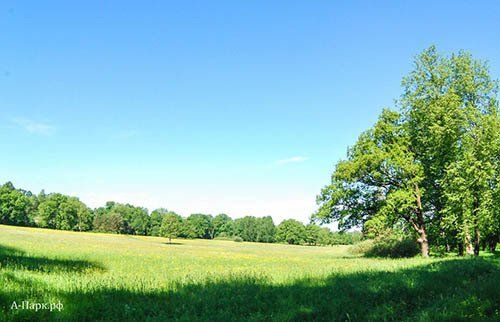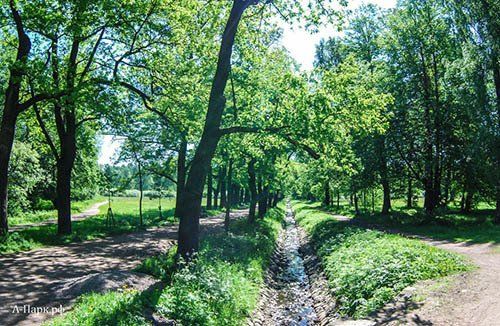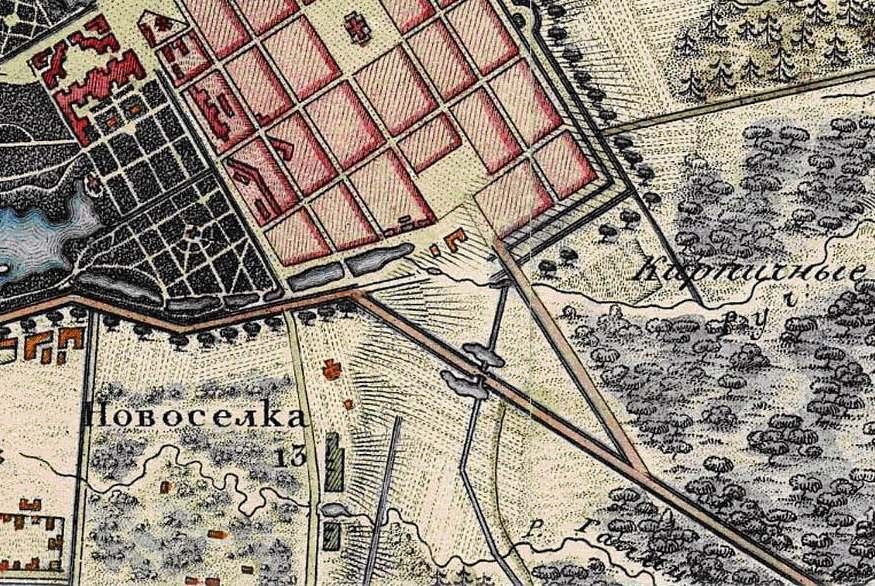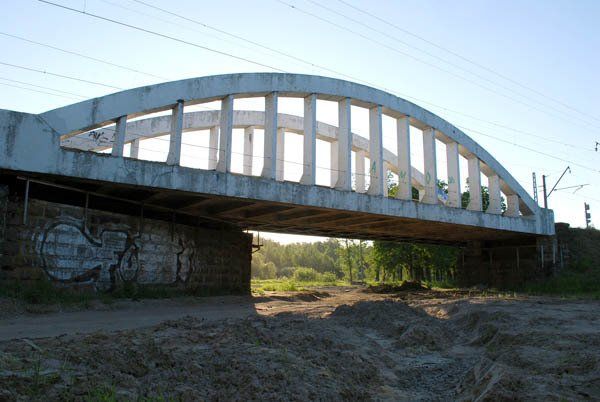Separate or Nizhny is the most “popular” park in the city of Pushkin. It serves as a favorite and accessible recreational spot for city residents, a dog-walking area, and a city-wide kebab shop.
- HOME
-
TSARSKOYE VILLAGE-TOWN PUSHKIN
- ALEXANDROVSKY PARK IN PUSHKIN
- ALEXANDROVSKY PALACE IN TSARSKOYE SELO
- SEPARATE PARK IN PUSHKIN
- EKATERININSKY PARK IN PUSHKIN
- CATHERINE'S PALACE IN TSARSKOYE SELO
- CATHERINE'S PALACE IN PUSHKIN. TOUR OF THE HALLS OF THE PALACE
- AMBER ROOM IN CATHERINE'S PALACE
- FEDOROVSKY TOWN IN TSARSKOYE SELO
- BABOLOVSKY PARK IN PUSHKIN
- HOW TO GET TO PUSHKIN
- MAIN ATTRACTIONS OF THE CITY OF PUSHKIN
- PETERGOF
- KRONSTADT
- GUIDE GUIDES TO THE SUBURBS OF SPB
- EXCURSIONS IN ST. PETERSBURG
SEPARATE PARK IN PUSHKIN
///
IF THE SITE WAS USEFUL TO YOU, SUPPORT US ON SOCIAL NETWORKS ///













